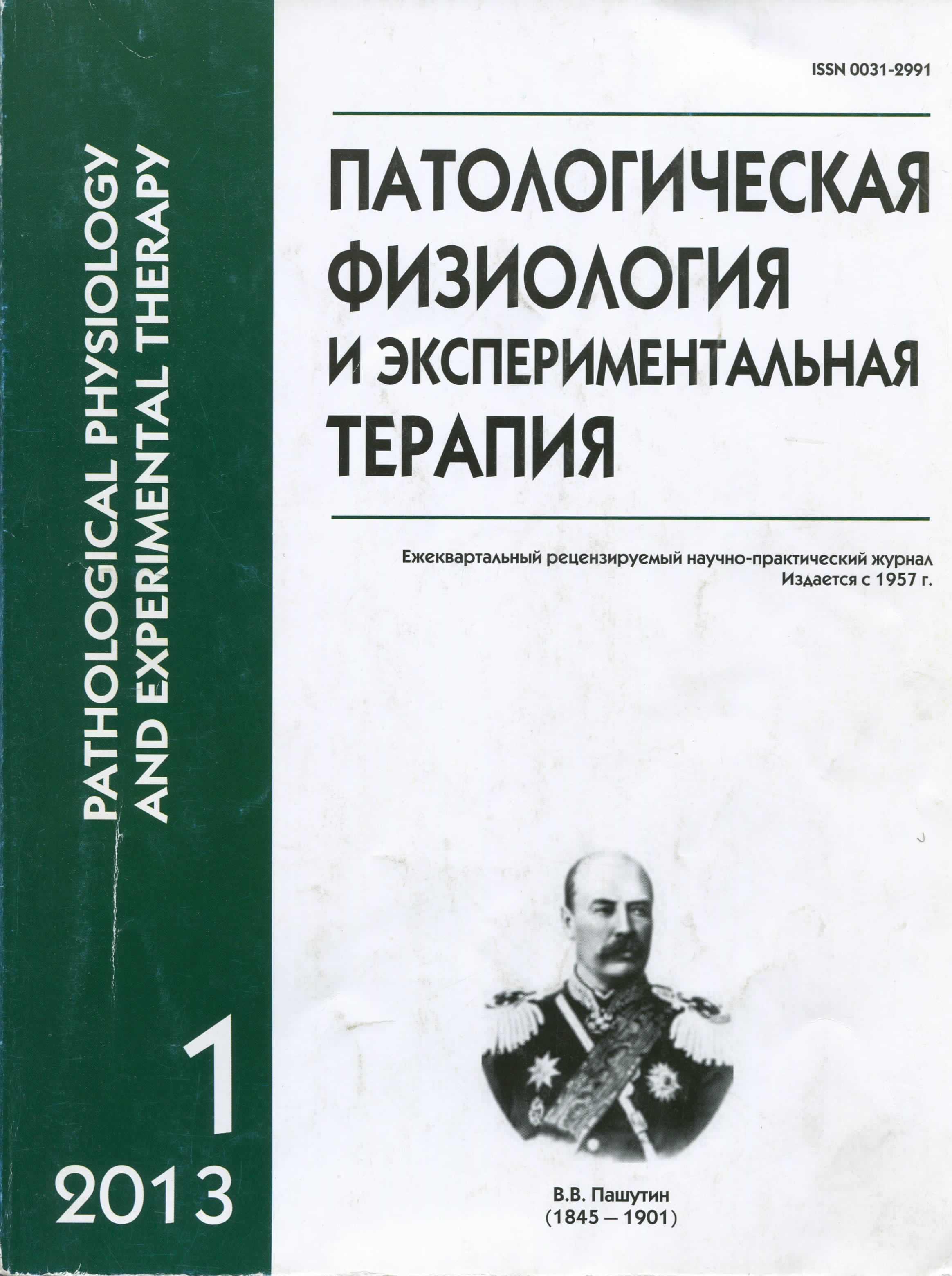Interaction of native and modified low density lipoprotein with intimal cells in atherosclerotic lesion
Abstract
In the present review we focus on the major cellular and molecular processes leading to the formation and accumulation of foamy cells: increased transmigration of monocytes into sub-endothelial sites of inflammation, activation of macrophages, modifications of lipoproteins, different types of uptake of native and associated lipoproteins (endocytosis, phagocytosis, and less-investigated — patocytosis), as well as participation of different molecular systems in the reverse cholesterol transport in macrophages. Special attention is given to the recent data indicating that scavenger receptors participate not only in the uptake of modified lipoproteins, but also in the reverse cholesterol transport. In conclusion, we discuss most relevant open questions in our understanding of the mechanism and functional consequences of macrophage/lipoprotein interactions: which receptor systems are used for the recognition and internalisation of aggregated lipoproteins, what are the mechanisms of intracellular processing of associated lipoproteins, and how associated lipoproteins affect functional programming of macrophages.






